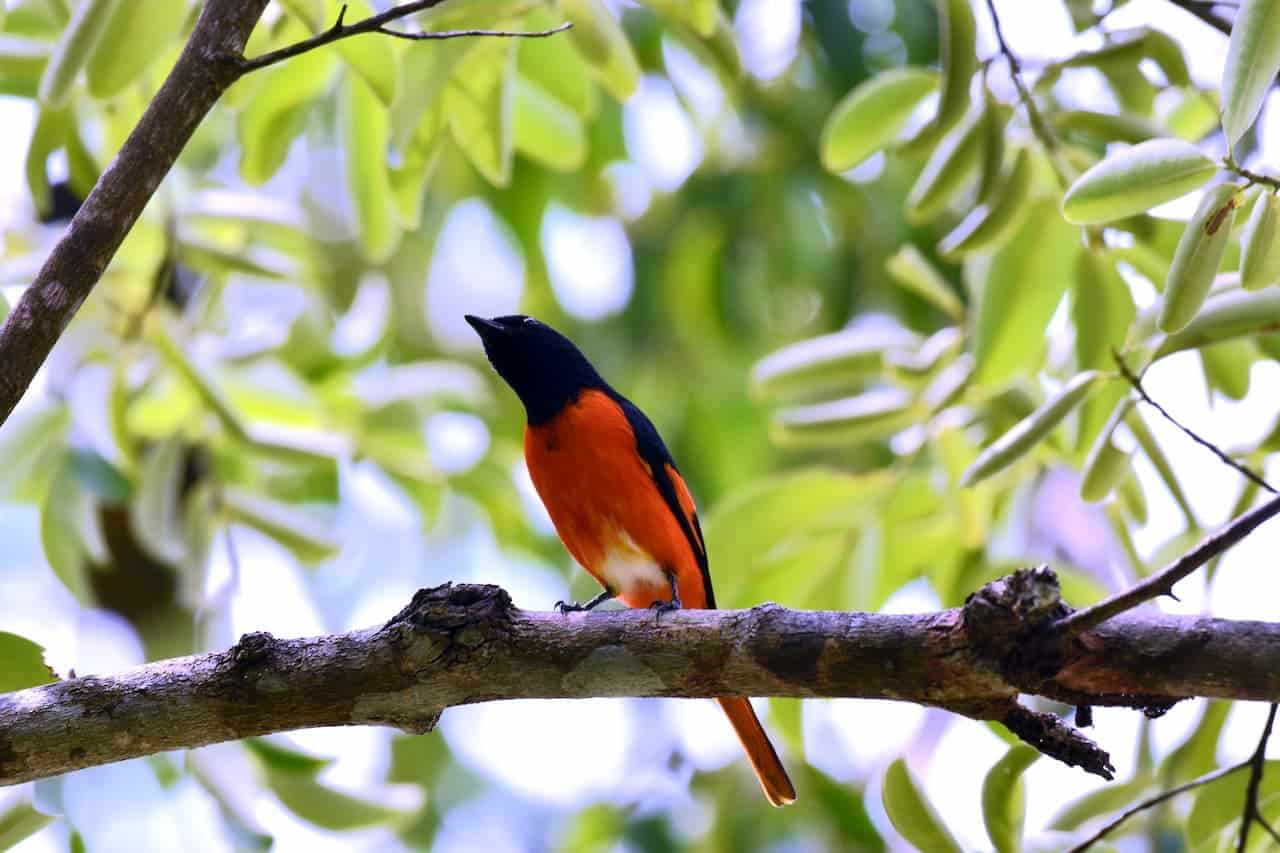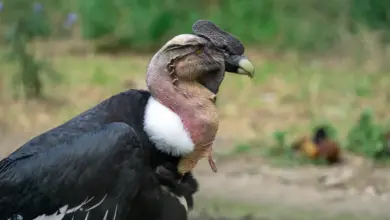Velvet-fronted Nuthatches
Velvet-fronted Nuthatches
Information provided by: Avian Contributor: Jeannine Miesle
Distribution
The Velvet-fronted Nuthatches (Sitta frontalis) are found in southern Asia from Pakistan, India, and Sri Lanka, east to south China, Indonesia, and Borneo.
Habitat
Open evergreen forests are their preferred habitat; however, this bird is known to reside and breed in forest mangroves and mixed woodlands.
As Borneo’s sole representative of the Nuthatch family, the Velvet-fronted Nuthatch occupies the entire range of forest habitats on the island.
This is the only Nuthatch occurring in tropical lowland forests.
Description
This beautifully marked Nuthatch is 12.5 cm (5 in) long and weighs just between 9 and 17 grams.
The Velvet-fronted Nuthatch is quite a colorful bird, with violet-blue upperparts, lesser and median upper wing coverts, and upper tail area. It also has beige underparts, lavender cheeks, and a white throat. The alula, primary coverts, and outer primaries are marked with black details.
The underparts, chin, and throat possess more white detail, whereas the breast is dull beige. The flanks, belly, and vent are a bit darker. The undertail coverts are off-white with a slight lavender wash.
The underwing areas are black and off-white. Other feathers are fringed violet-blue, grey-blue, or grayish-black. Its straight red bill contrasts with the black forehead patch and black superciliary line (in the male).
The head is also striking. The crown is violet-blue and the forehead is black. The lores are black in the male, and the ear coverts are shaded with lavender. The yellow eyes are surrounded by a yellow ring. The legs and feet are mostly black.
The female lacks the supercilium, and its underparts are less bright than the male’s.
The juvenile’s plumage is not as vibrant as the adults, and its eyes are black.
Just as do all the other Nuthatches, it possesses the agility to climb face-first down and around tree trunks and branches; unlike bird species, such as woodpeckers, which can only go upwards.
Feeding
This songbird feeds mostly on insects and spiders, but will also add larvae, nuts, and seeds to its diet. Like many of the Nuthatches, it will join in with mixed flocks of other passerines to feed. A restless, busy forest bird, it searches constantly for food on the branches of trees.
Nesting
The Velvet-fronted builds its nests in small tree holes or crevices. She lines it with moss, fur feathers, or grass. Although she will occasionally need to enlarge the opening, most of the time she will reduce the size by constructing a tidy mud wall around it.
Often the Nuthatch needs to enlarge the hole, but a large hole may have the size of its entrance reduced by the building of a neat mud wall.
Three to six eggs are laid, white speckled with red.
Vocalization
This noisy bird can be easily located if one listens to its repetitious “sit-sit-sit” call.
Beauty Of Birds strives to maintain accurate and up-to-date information; however, mistakes do happen. If you would like to correct or update any of the information, please contact us. THANK YOU!!!



